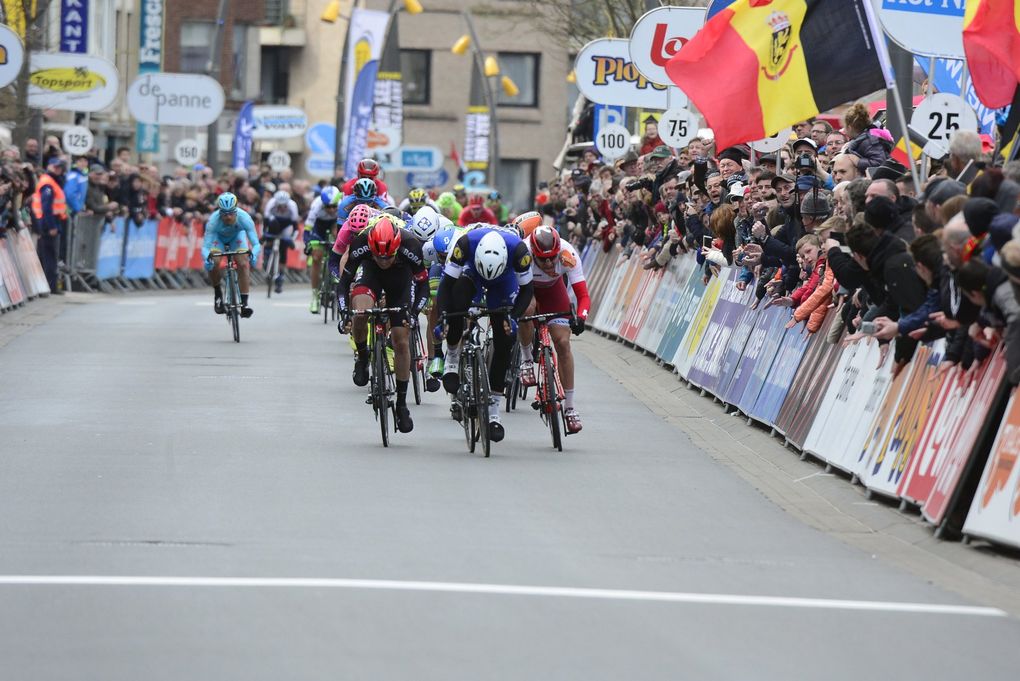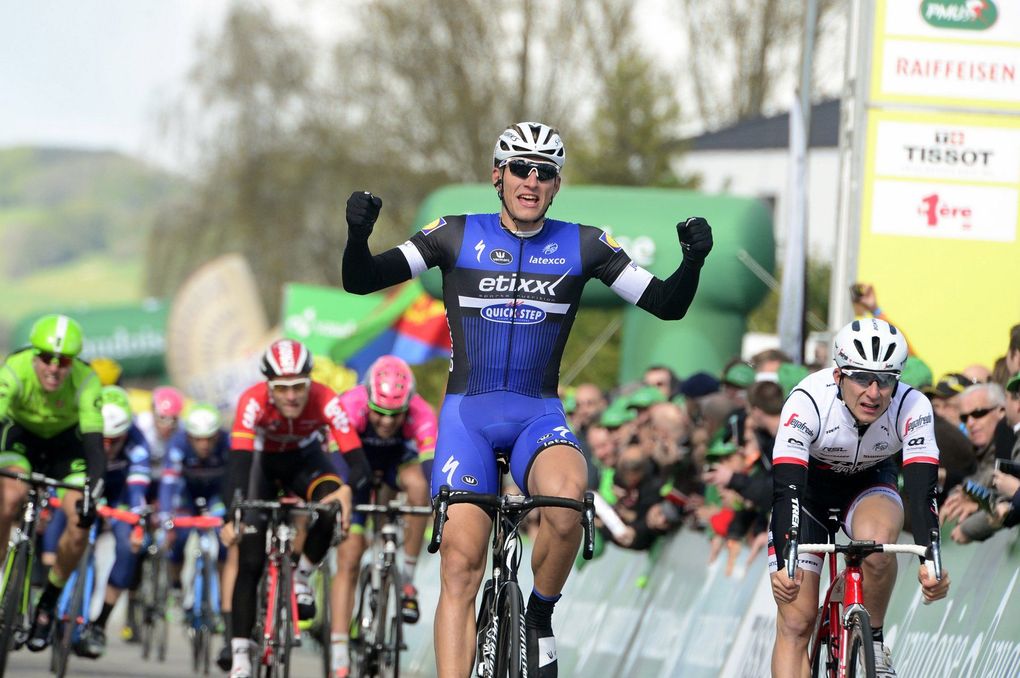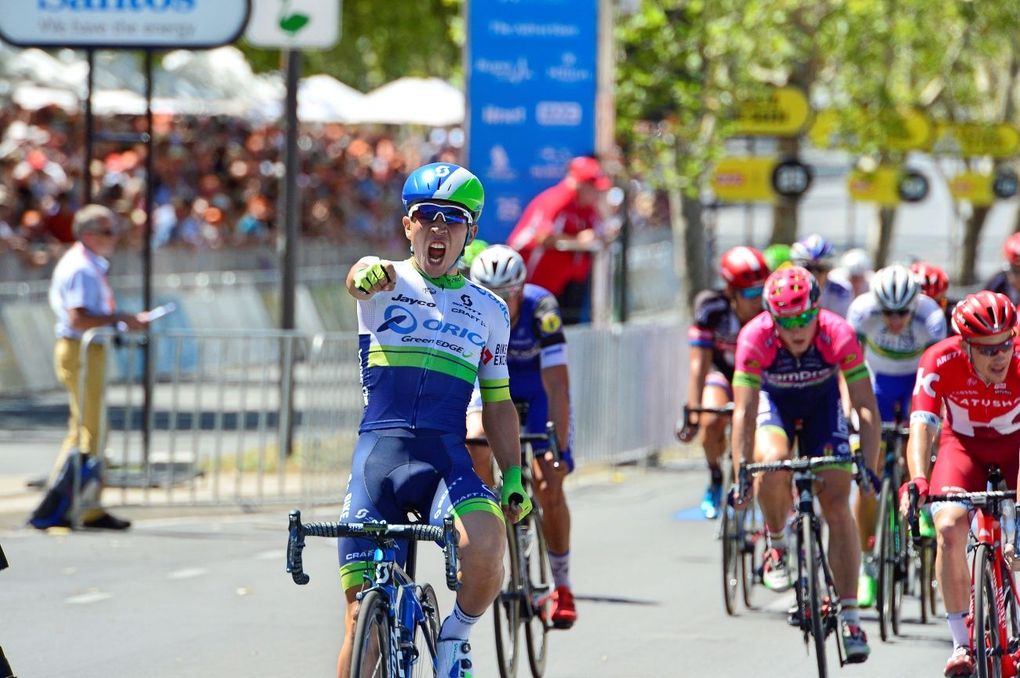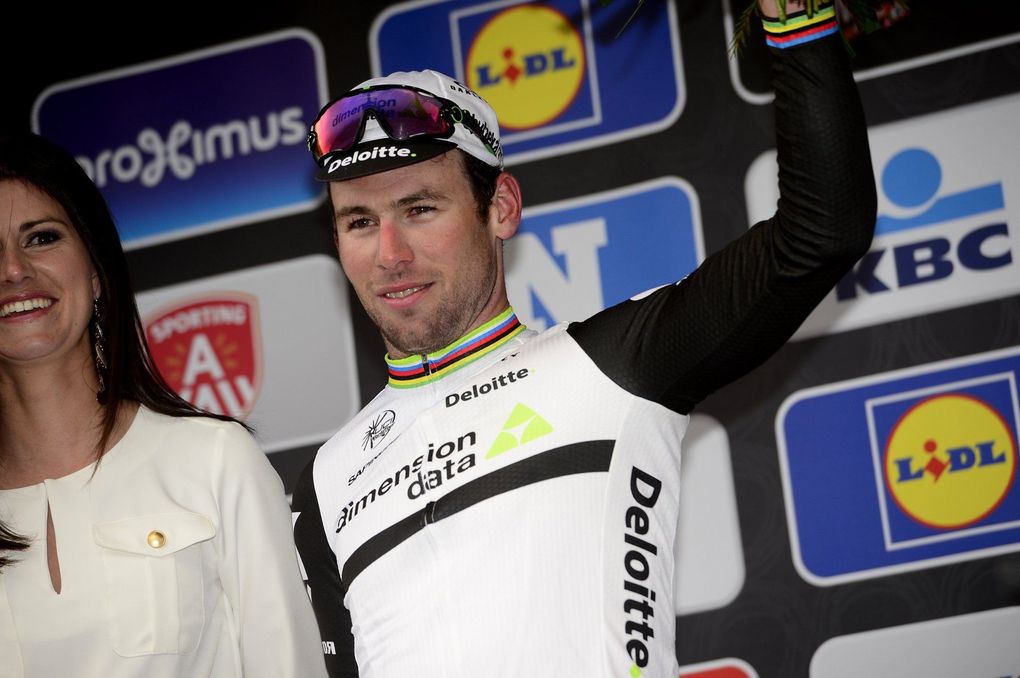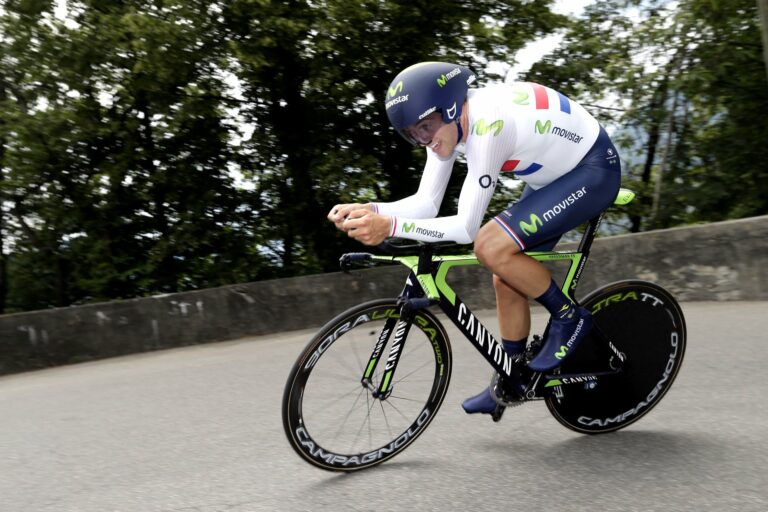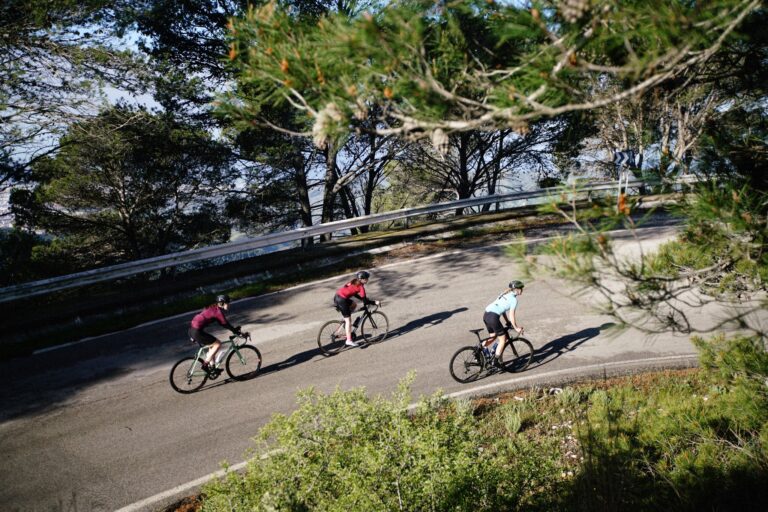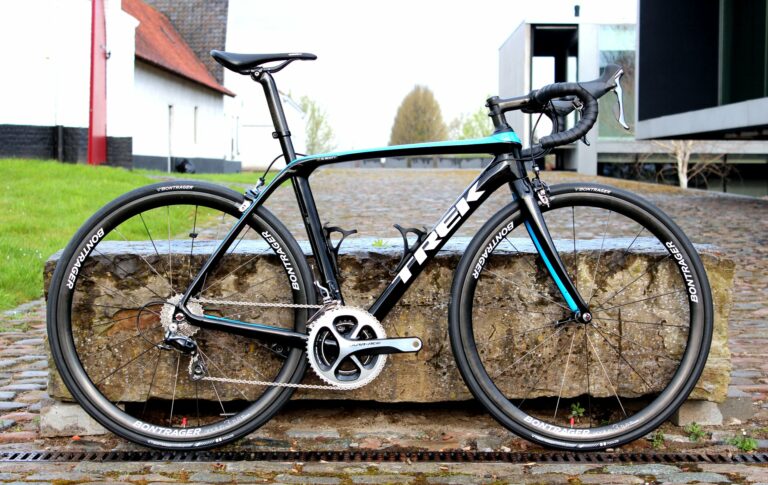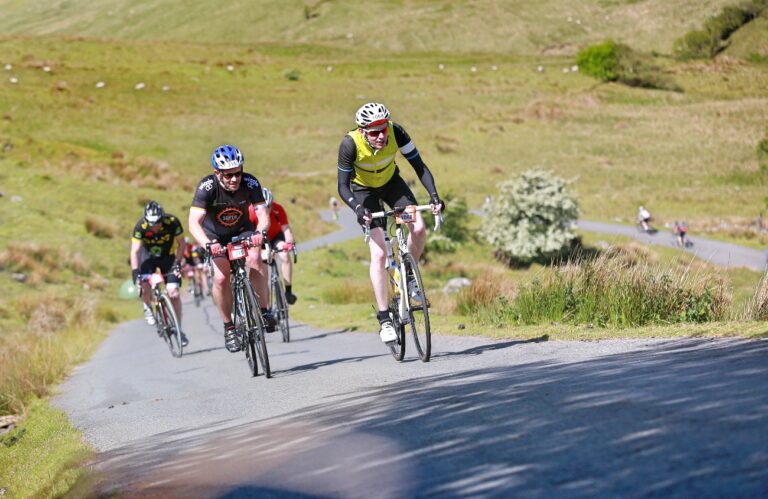Sprinting is an area of cycling that riders often forget to specifically train.
Most of us will know a really strong rider who always comes last in a town sign sprint. They may be first up the climbs, but they don’t have the kick on the flat.
If you race, unless you come across the line solo then you are going to have to sprint against someone else. As a result, in order to convert those good results into great ones, a strong sprint is absolutely crucial. And even if you don’t race, it’ll save you buying the coffees at the cafe after the town sign sprint.
Needless to say, sprinting is all about putting out a lot of power in a very short burst. Most sprints last no more than ten seconds, so you need to train in short, hard bursts to improve.
Here are three sessions that will help you improve you kick. These sessions will refer to your training zones – read this article for more on training zones and how to set yours.
